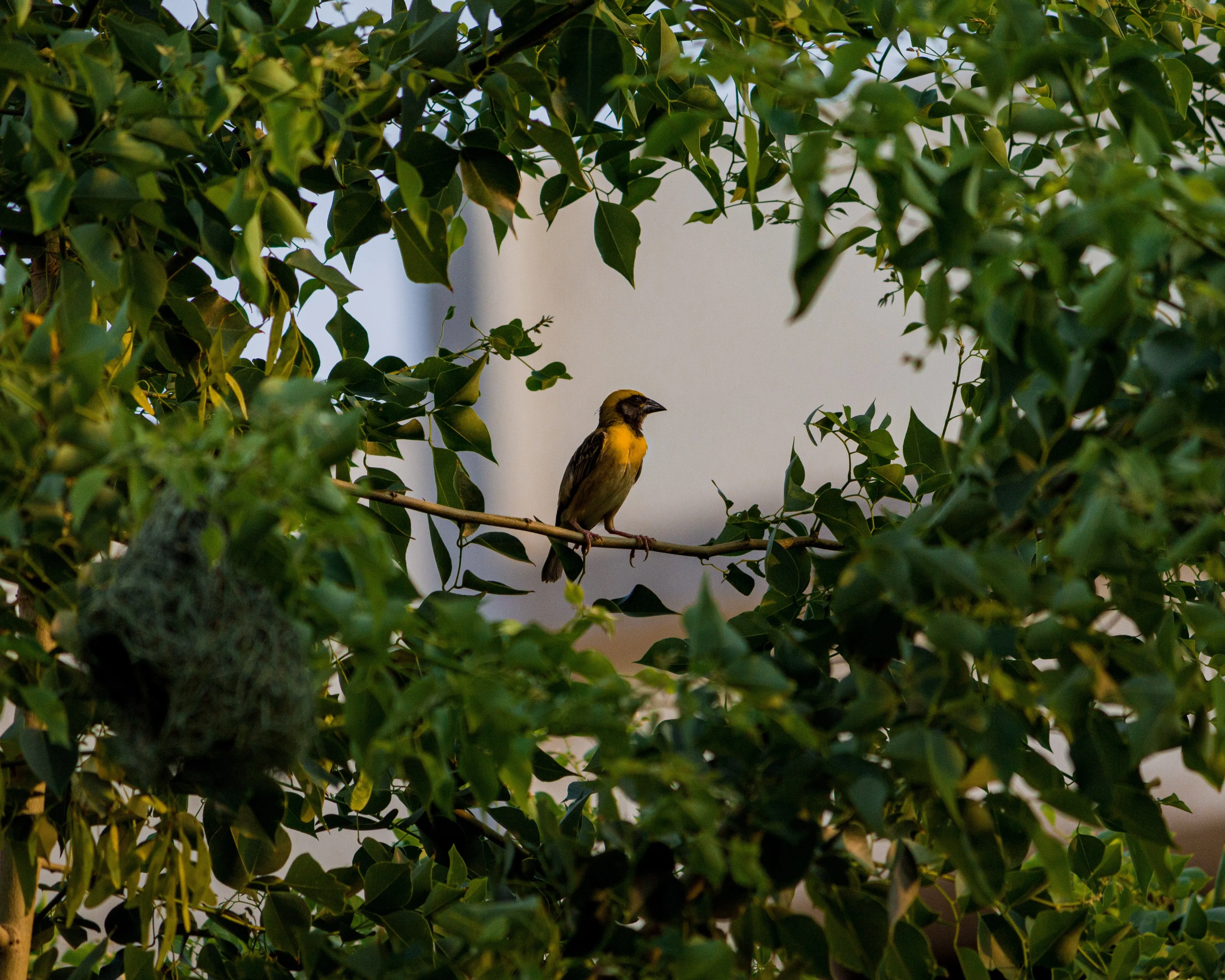Enhancing Wildlife Habitats with Agroforestry
Explore the fascinating world of agroforestry and its role in creating thriving wildlife habitats. Discover how agroforestry investments not only benefit the environment but also offer tax savings and opportunities for tax-free retirement income. Join us as we delve into the synergy between agroforestry and wildlife conservation for a sustainable future.

Introduction:
The diversity of wildlife on our planet is awe-inspiring, and it is our responsibility to protect and enhance their habitats. Agroforestry, a sustainable land management practice that integrates trees into agricultural systems, offers a remarkable solution for promoting wildlife conservation. In this blog post, we will explore the intricate connection between agroforestry and wildlife habitats. We will discover how agroforestry investments can create thriving ecosystems, while also providing financial advantages such as tax savings and opportunities for tax-free retirement income.
1. A Haven for Biodiversity:
Agroforestry provides a haven for biodiversity by mimicking natural forest ecosystems. By planting a diverse range of tree species, we create habitat corridors that connect fragmented landscapes, enabling wildlife to move freely. The trees in agroforestry systems offer food, shelter, and nesting opportunities for a wide variety of species, from birds and insects to mammals and reptiles. Agroforestry investments actively contribute to the preservation and restoration of wildlife habitats, ensuring a vibrant and resilient natural world.
2. Supporting Native Species:
Native species play a vital role in maintaining balanced ecosystems. Agroforestry practices prioritize the use of indigenous tree species, which support native wildlife populations. These trees provide familiar food sources and nesting sites for native birds, insects, and mammals, contributing to the overall health and vitality of the ecosystem. Agroforestry investments act as a catalyst for preserving and reviving native species, promoting ecological harmony.
3. Conservation of Endangered Species:
Agroforestry can make a significant difference in the conservation of endangered species. By creating suitable habitats and food sources, agroforestry projects offer safe havens for endangered wildlife. The strategic placement of trees and the establishment of wildlife corridors can facilitate the movement and gene flow of endangered species, aiding their survival and recovery. Agroforestry investments become a powerful tool in protecting and restoring endangered species, contributing to their long-term conservation.
4. Ecotourism and Wildlife Viewing:
Agroforestry investments not only benefit wildlife but also provide opportunities for ecotourism and wildlife viewing. Thriving ecosystems attract nature enthusiasts and travelers seeking unique experiences. Agroforestry projects can offer guided wildlife tours, birdwatching excursions, and eco-lodges, generating income and creating jobs for local communities. By investing in agroforestry, we not only contribute to wildlife conservation but also support sustainable tourism initiatives that benefit both the environment and the economy.
Conclusion:
Agroforestry emerges as a powerful tool for enhancing wildlife habitats and promoting biodiversity conservation. Through the integration of trees into agricultural systems, agroforestry investments create thriving ecosystems that support native species and provide safe havens for endangered wildlife. Additionally, agroforestry projects offer opportunities for ecotourism and wildlife viewing, generating income and empowering local communities. Let us recognize the profound synergy between agroforestry and wildlife conservation, and embrace the potential of agroforestry investments to contribute to a sustainable and wildlife-rich future.
































































































































